Independent Startup Quiet Club is about to Make Some Noise for its Debut
Three men from worlds apart bridge an ocean to create one of the most fascinating alarm watches you'll ever come across.
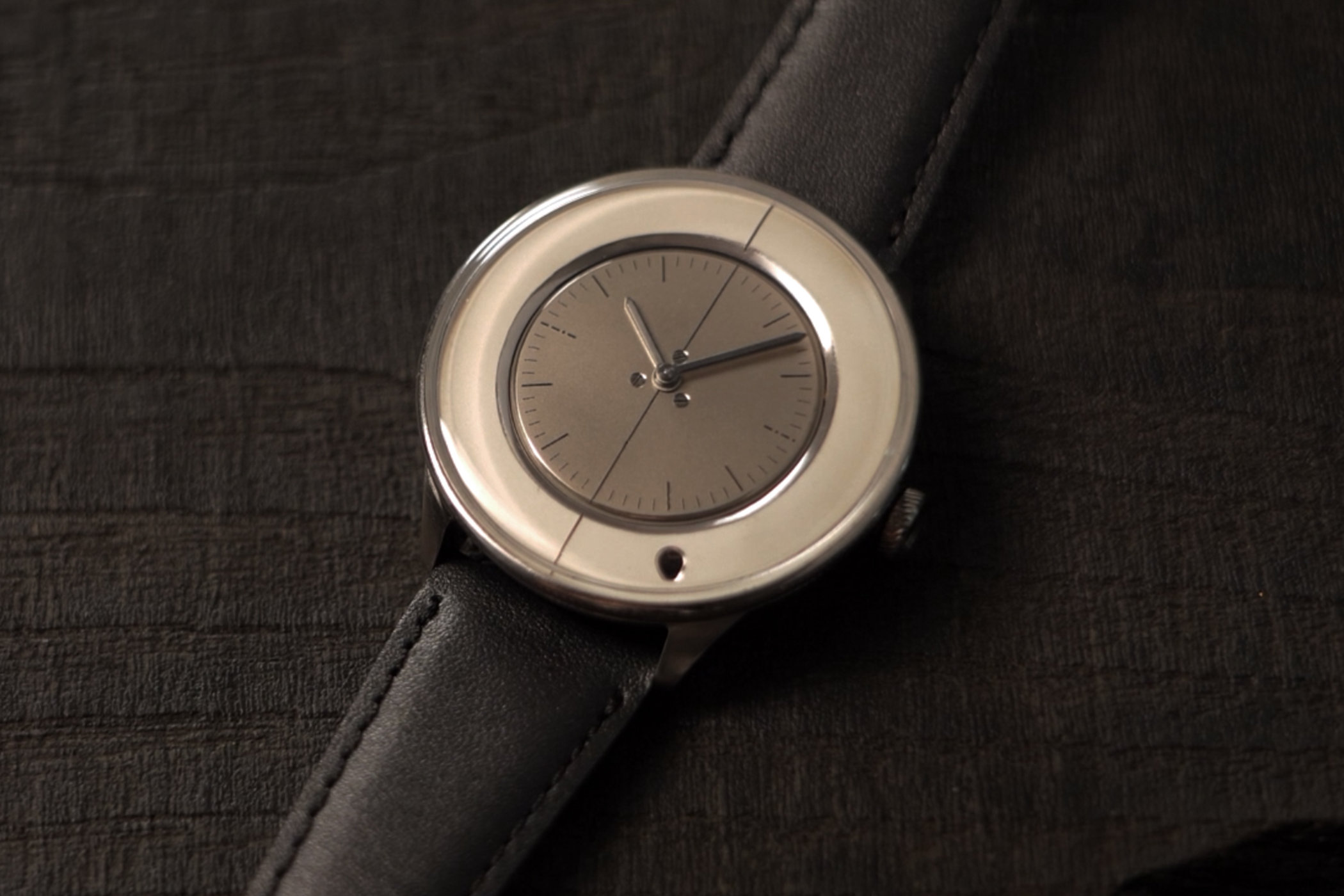
As we’re obsessed with fine mechanical watches, and preferably independent watchmaking, we feel obliged to showcase never-seen-before projects by people you also may have never heard of. And if it weren’t for me stumbling on an Instagram post by a befriended Japanese journalist, you might never have come across Quiet Club. A bit of an odd name at first, but there’s logic behind it, which we’ll get to later. Quiet Club is founded by HK Ueda and Johnny Ting from the US and watchmaking talent Norifumi Seki from Japan. Their debut piece, an utterly fascinating alarm watch, is about to break cover, and we have an exclusive story for you!

Robin, MONOCHROME Watches—HK Ueda, Johnny Ting and Norifumi Seki, can you explain your backgrounds and how you ended up working together on Quiet Club?
Johnny: HK and I worked together on our previous startup and became great friends. We both loved watches, so we would often discuss what watches meant to us and which watches we wanted to buy. We kept finding ourselves saying, “That watch is so close, I just wish this part or that part was a little different!”. Maybe HK got tired of it (lol) because one day he asked me if I were to make a watch, what would I do differently. I think that got my wheels turning.
HK: I think being from automotive and user experience backgrounds, instead of thinking about an existing watch as our base and tweaking colours or proportions, our natural first step was to think about what ‘job’ our watch would do in our daily lives. This led us to some interesting ideas about functions that don’t exist in today’s watch world and it quickly became apparent that we would need a watchmaker who was capable of inventing something new. That’s when I read an article about Seki-san, a young watchmaker out of Japan.
Johnny: We thought a guy like him would be perfect, but we never imagined we could get him to work with us. I was very surprised when HK said he had just messaged him, and Seki-san agreed to meet with us.
Norifumi Seki, you won the Young Talent Competition hosted by F.P. Journe and the AHCI in 2020 with a very special pocket watch. What can you tell us about that?

Seki: Yes, the pocket watch was something I created in my final year of watchmaking school. It’s a spherical moon phase, meaning there is an actual metal sphere inside that rotates to represent the current moon phase. The date windows also use vertically rotating drums instead of flat discs. I made these choices for higher legibility and design flexibility, but they ended up requiring me to create a unique layout. I think that’s what impressed the judges.
You’re now working together with HK and Johnny on Quiet Watch Club. How did you three find each other?
Seki: I started to get some media attention after winning the Young Talent Competition, and one of the editors I worked with told me he wanted to introduce me to someone. I was getting these kinds of requests quite a lot at the time, but this was from someone I trusted so I decided to take the meeting.
HK: Seki-san actually told me afterwards that he was just showing up to politely say no. It was during the pandemic, and for the first six months or so, we could only meet virtually. It was only after the travel ban to Japan was lifted and we were able to meet in person that things progressed.
What exactly is Quiet Club, where did the inspiration come from, and what does it stand for?
Johnny: HK and I had a lot of discussions about what making our own watches meant to us and what we had to say. One of the most important aspects was about how we worked in our daily lives, thinking deeply in our own space and going about our business quietly and with purpose and focus. It spoke to what kind of people we were and the type of people we found a connection to.
Seki: In one of our earliest discussions, I remember discussing the topic of joy and happiness in life. We aligned on the thought that we feel happiest when we find our place in the world and are working earnestly to fulfil our role as best as we possibly can. This really resonated with me, and I think Quiet Club is a place for anyone who has a similar philosophy in life.
You’re about to launch your very first watch, which has a mechanical alarm function. How did that project start out?
Johnny: After HK asked me what I would do differently in a watch, I began to think about why I couldn’t find what I wanted. One of the things was that most modern watches are based on mechanics for professions or use cases that aren’t applicable to my personal life. I’m not a pilot, a diver, a race car driver, or have the need to know the time in the dark. Other watches are focused on the accuracy of time, but they will never be as accurate as my cell phone.
HK and I tend to find ourselves working hours deep in thought, forgetting to stop, so we would use our cell phones as an alarm. But as most people would agree, a cell phone isn’t the best tool to help you concentrate—It’s filled with a universe of unwanted distractions. This is when we thought about creating a tool that would actually help us forget about time so we could focus on our work. We thought a mechanical alarm function built into a watch would actually work best, but we didn’t want the loud and intruding sounds that came from other watch alarms like the Cricket or the Memovox. That’s when combining the mechanical alarm function with the beautiful sounds of a minute repeater came about, but we didn’t know of any watch that had done that before.
Seki: The concept was something I’d never heard of before, so I spent some time thinking about the true essence of a mechanism like that. It’s an alarm but the main use is not to wake you up or alert you of something. Instead, the sound should assist you in entering a deep focus state and pull you out gently when the time comes. I thought the nuances of the use cases were interesting. Then we discussed how to make it as easy and intuitive to use, which led to more features like a monopusher button and dedicated alarm hour and minute hands.
The alarm function works unlike any other alarm watch out there. Can you explain the fundamental principles of this watch?
Seki: Creating a beautiful sound is one of the fundamental principles that we focused on. Existing alarm watches have a sound that’s not very pleasant, to us at least. This is ok for their cases but not for ours. We really needed to come up with a sound that would affect your mindset in the right way.
Another principle is simplicity of use. Using the bezel to set the alarm on the wrist is more ergonomic than using the crown. A single multi-function button is more intuitive than separate buttons you have to remember how to use. In order to make it very simple for the wearer required us to do a lot of complex engineering on the inside.
What were the biggest technical challenges to overcome?
Seki: The sound was the biggest challenge. To create a beautiful sound with impactful volume out of a small watch, I decided to try a gong design that’s never been done before. The dial of the watch visible from the front is actually what’s being hit to make the sound. The hammer needed to be mounted vertically to make this happen. These elements all take up quite a bit of space, so the layout also required a lot of creativity.

A lot of the work is done in-house, from development to machining and finishing. Can you talk us through that process?
Seki: The mechanical design and engineering are done from scratch by myself. We do use some off-the-shelf parts for the basic timekeeping portion of the watch, like springs, but I make the balance wheel myself. Everything else is a brand new design, so every part is made in-house in our workshop in Tokyo. The dial is also special in that it’s also the gong, so this needs to be made and finished in-house. I assembled and hand-finished all of these components by myself. The case is made of titanium and comes from a supplier in Tokyo, but is our own design.
Can you share some of the unique details found in this watch and movement?
Seki: One of the most difficult challenges came from minimizing complexity for the wearer. This meant reducing the number of buttons and restrictions on when and how you could operate the alarm. We developed a single button integrated into the crown that not only serves as the set, start, and stop buttons but also charges the alarm function with each push, so you don’t have to wind another crown or slider to charge power. Achieving all of this mechanically proved to be quite difficult, but I was able to work it out.
The watch has a very reasonable 40mm case. Can you elaborate more on its exterior?
Johnny: User experience is very important to us. If we are hoping to design a watch for people to wear for many hours deep in thought, comfort becomes critical. This is when we decided that designing our own case might be a good idea. 40mm is a great size but usually comes with a lug-to-lug that is too long. We realized that if we made our case slightly bowl-shaped, we could tuck the lugs underneath to shorten the lug-to-lug, and also get rid of the dreaded strap gap that is usually solved with curved spring bars. We feel our case allows the watch to maintain great presence and readability but still wraps around your wrist nicely. We then chose grade 5 titanium to allow the watch to be relatively light, to aid in its comfort.
Seki: The size and shape of the case were determined first, so designing the mechanisms to fit these dimensions was my challenge. I didn’t make my life any easier along the way when I decided to add the dial gong and vertical hammer (lol). But in the end, it works out amazingly well!
Now that this is almost completed and ready to launch soon, what should we expect in terms of limitations, customization, pricing, etc.?
HK: We’re looking to produce about 10 watches in our first year of production, hopefully increasing to around 20 per year after that. There will only be one design for the first run. Pricing and our pre-order process will be announced within the coming weeks through our newsletter, which you can sign up for through our website and our Instagram.
What does the future of Quiet Watch Club encompass beyond this alarm watch?
Seki: We want to continue making watches that help you feel fulfilled in each stage and aspect of your life. We think there are still many functions where a mechanical watch does the job better than other tools available to us in today’s world.
Any last thoughts you would like to share with our readers?
Please visit QuietClub.com and follow us on Instagram to stay up to date on our upcoming announcements!


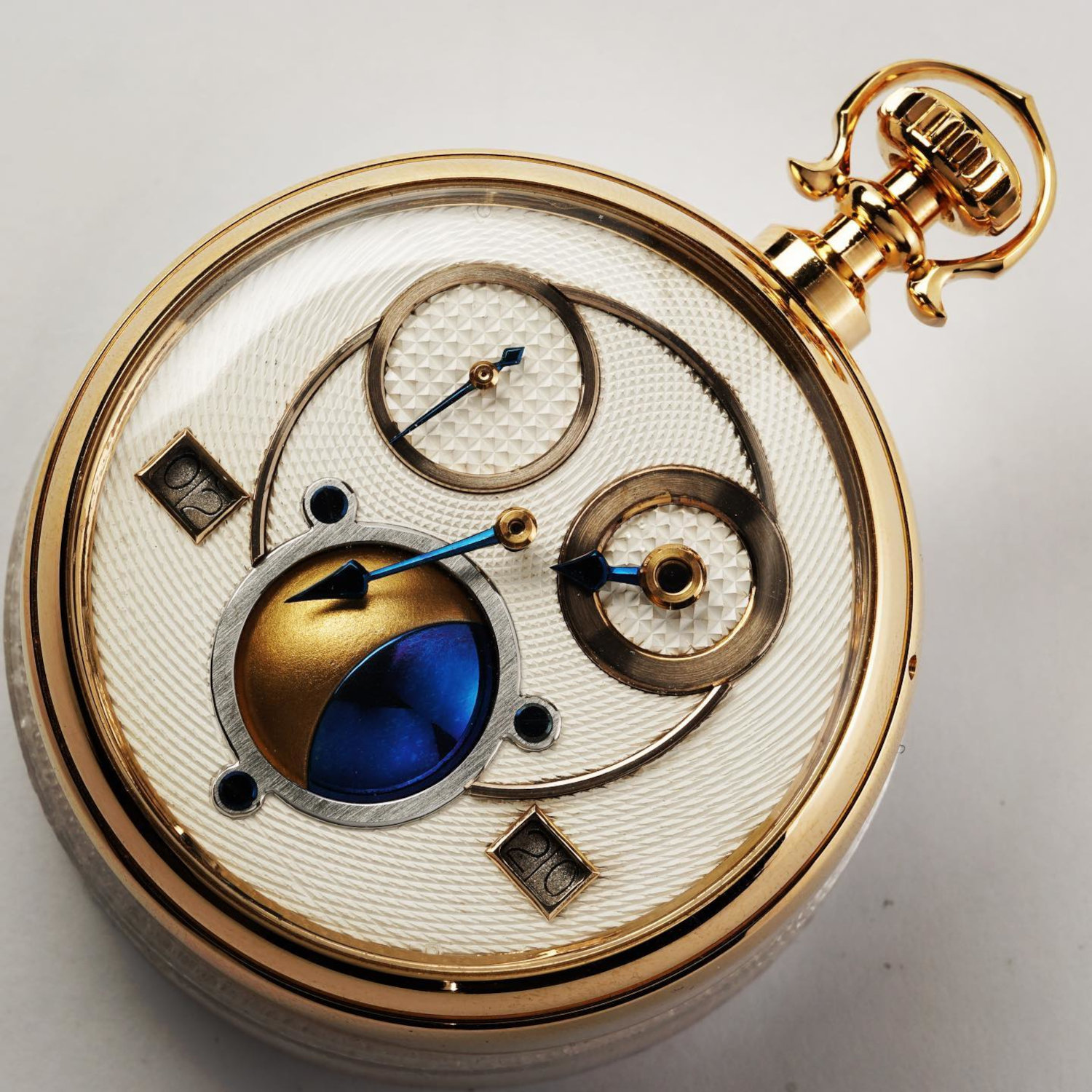
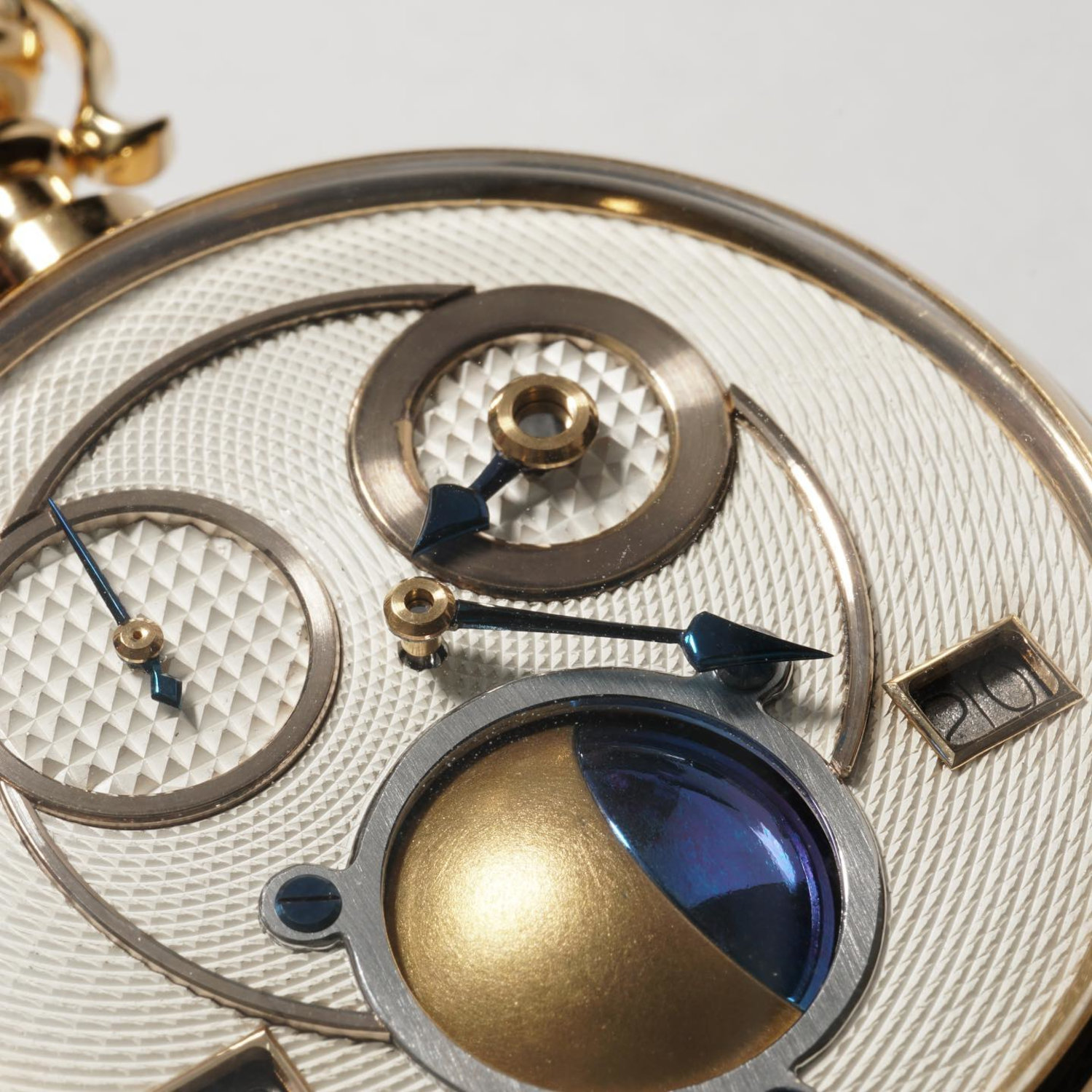
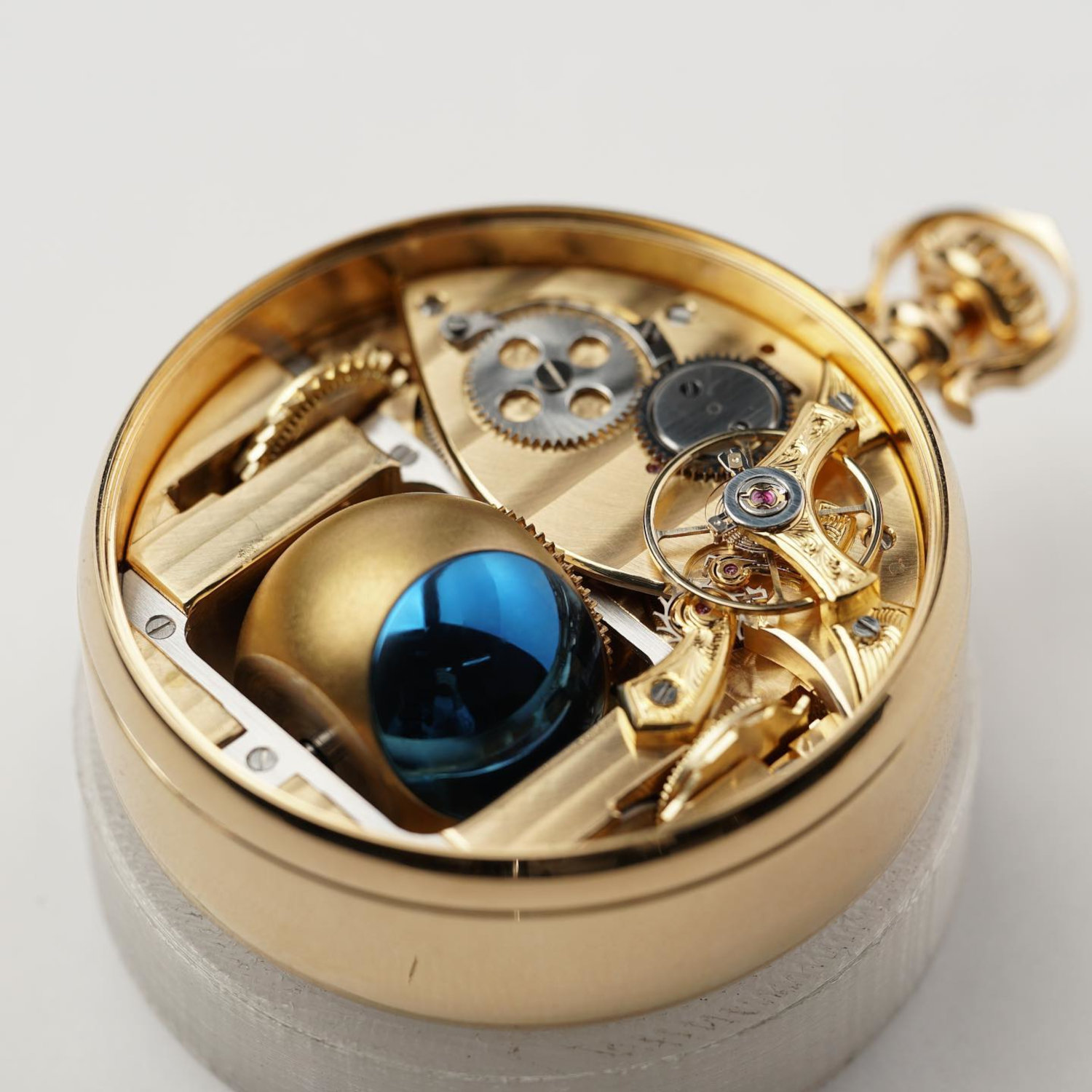
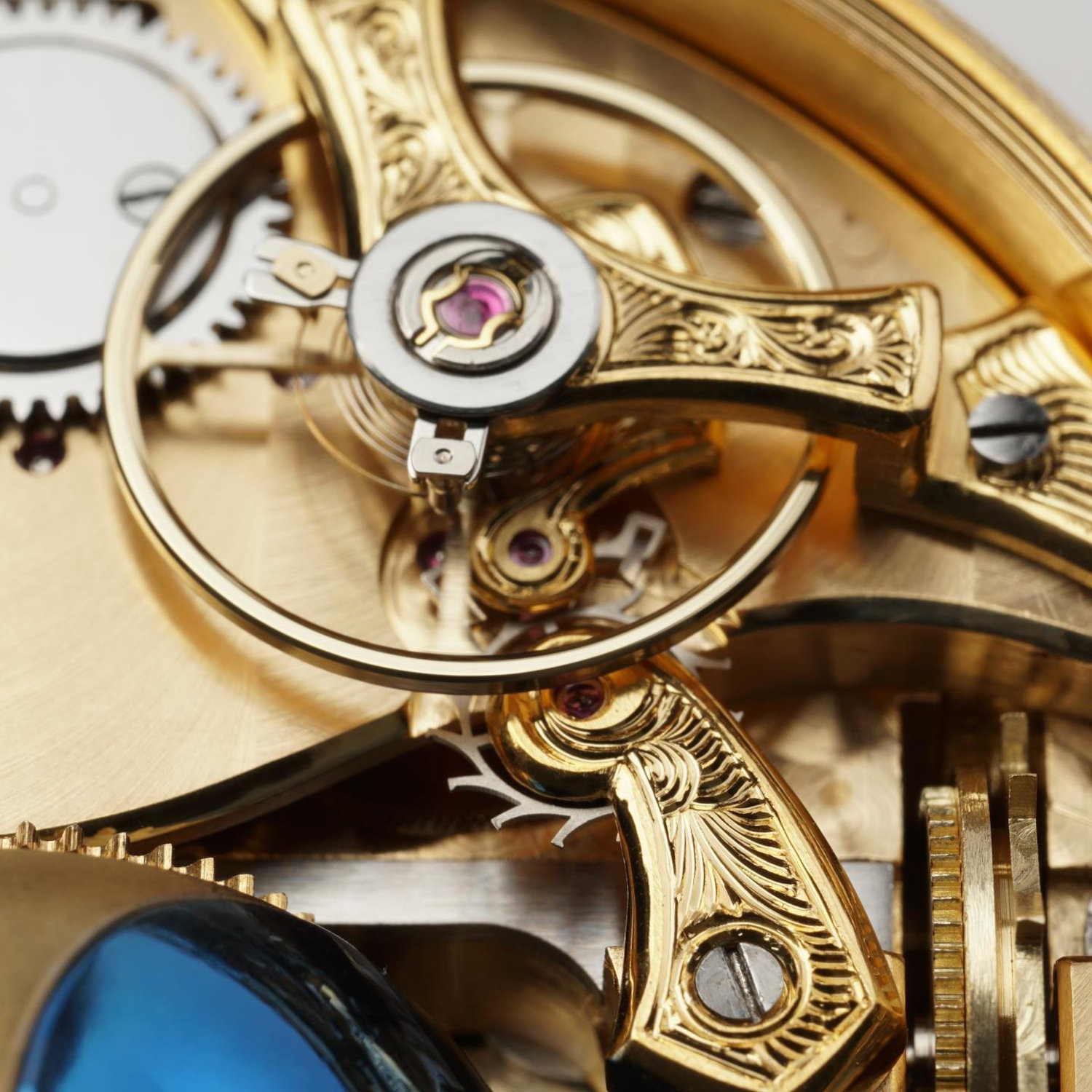


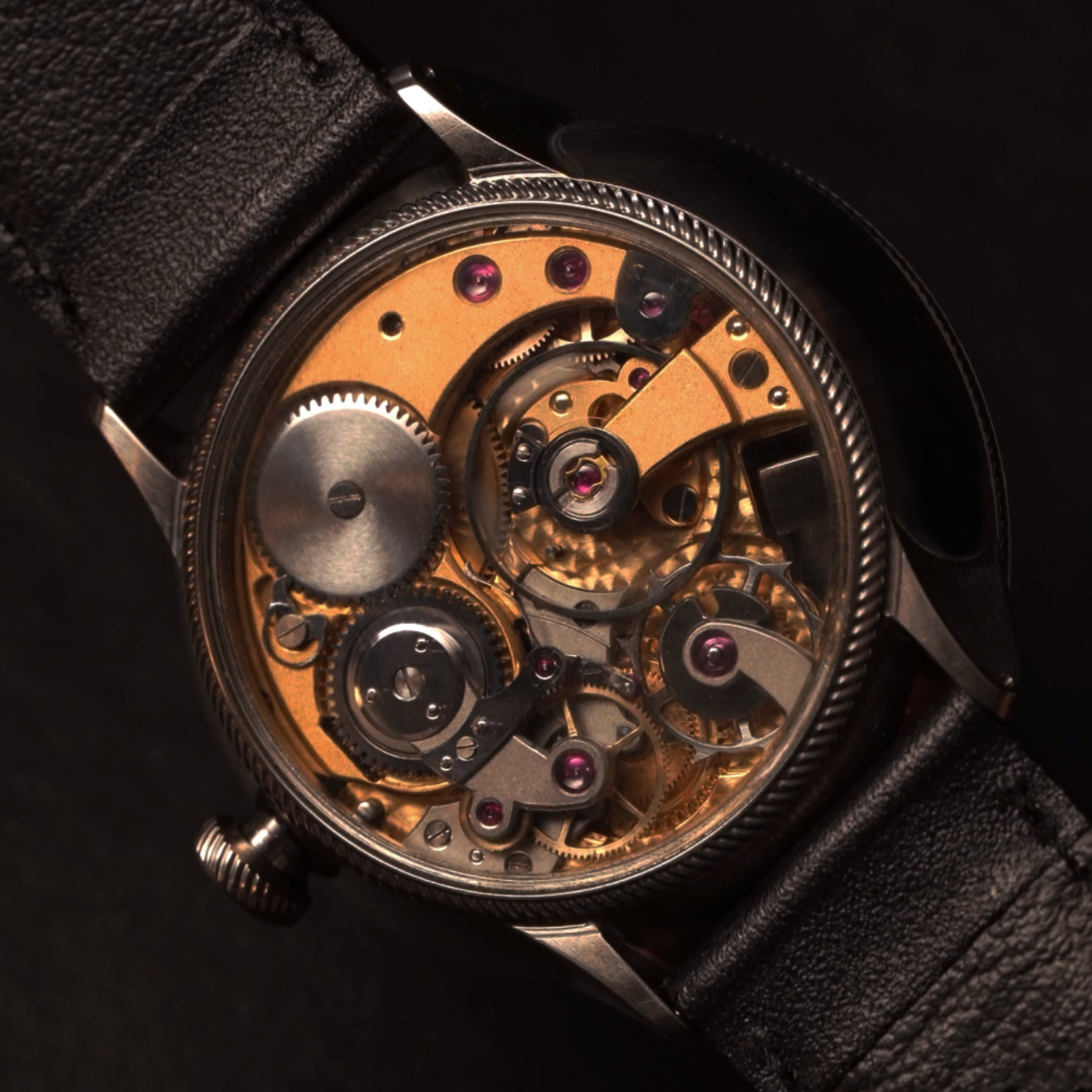


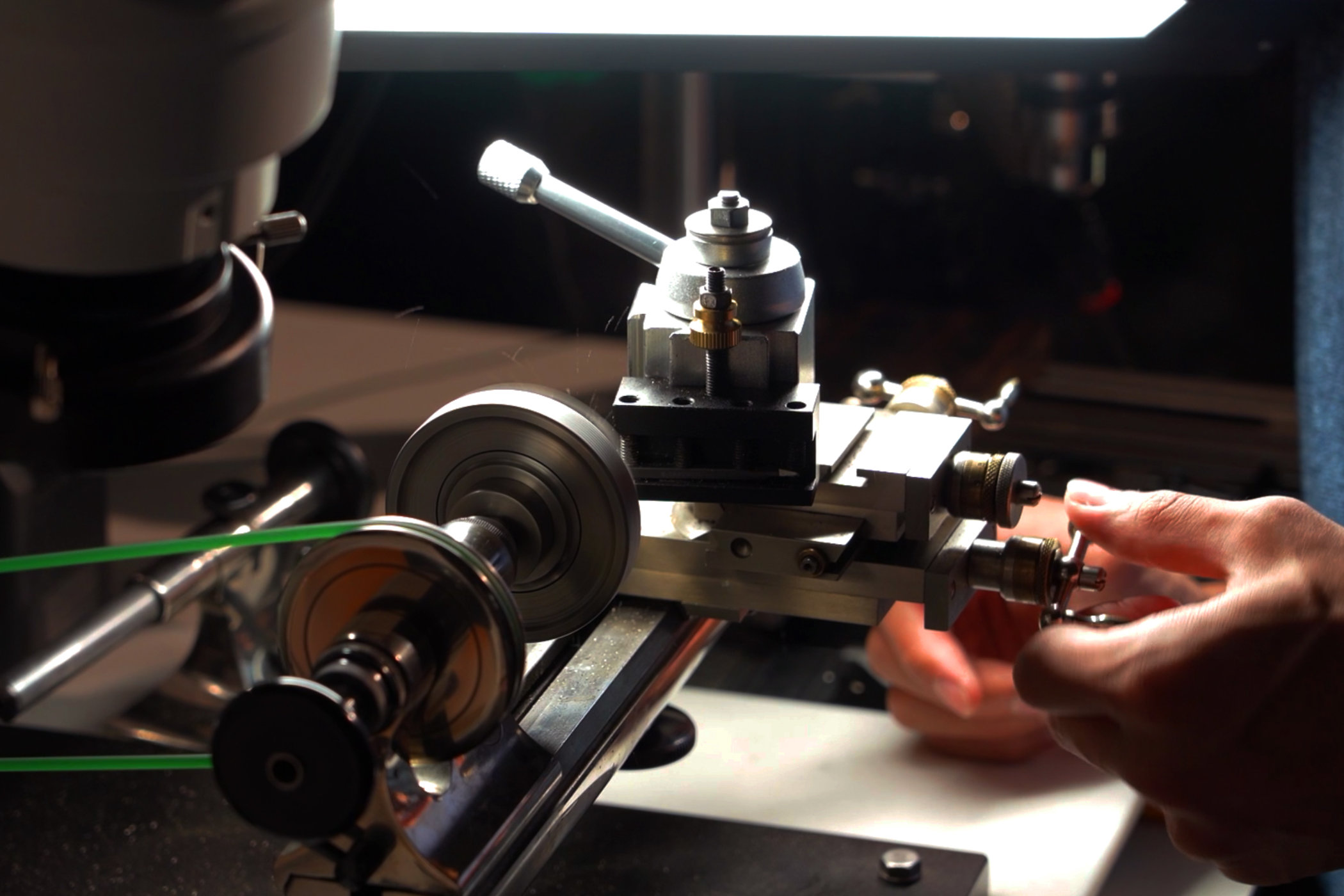
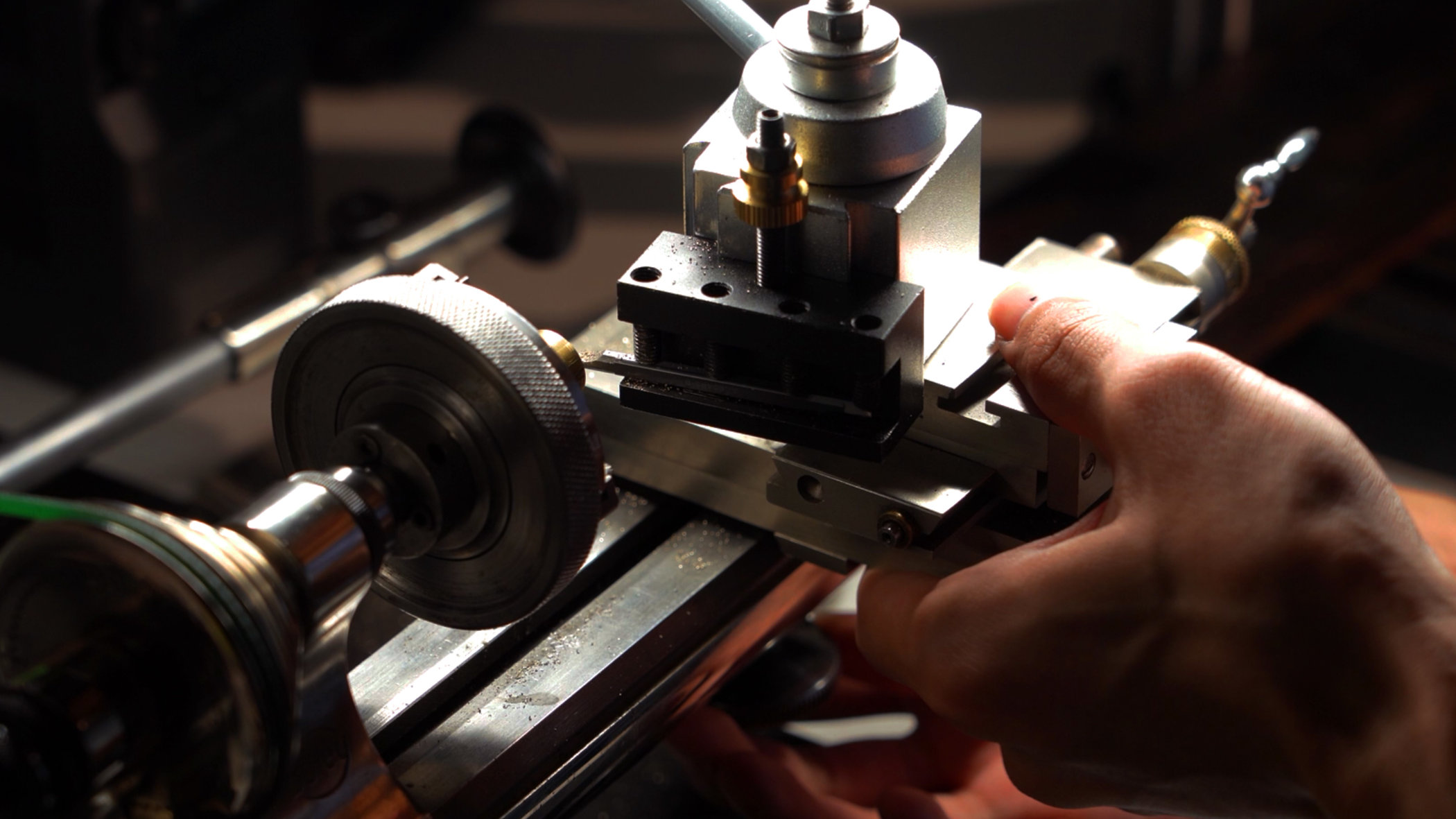





1 response
Kudos to Robin and Monochrome for distinguishing yourself from the crowd with such remarkable horology discoveries and reviews. IMHO, this is what the real passion for horology is all about. Thanks to you, I recently acquired my Nicolas Commergnat Level One watch and I couldn’t be happier. It’s a real masterpiece. I can’t wait to get my Quiet Club one soon I hope. Keep up the great work and please please continue to stray off the beaten path as you’re already doing! IMHO, that’s what distinguishes you from the rest. Well done!